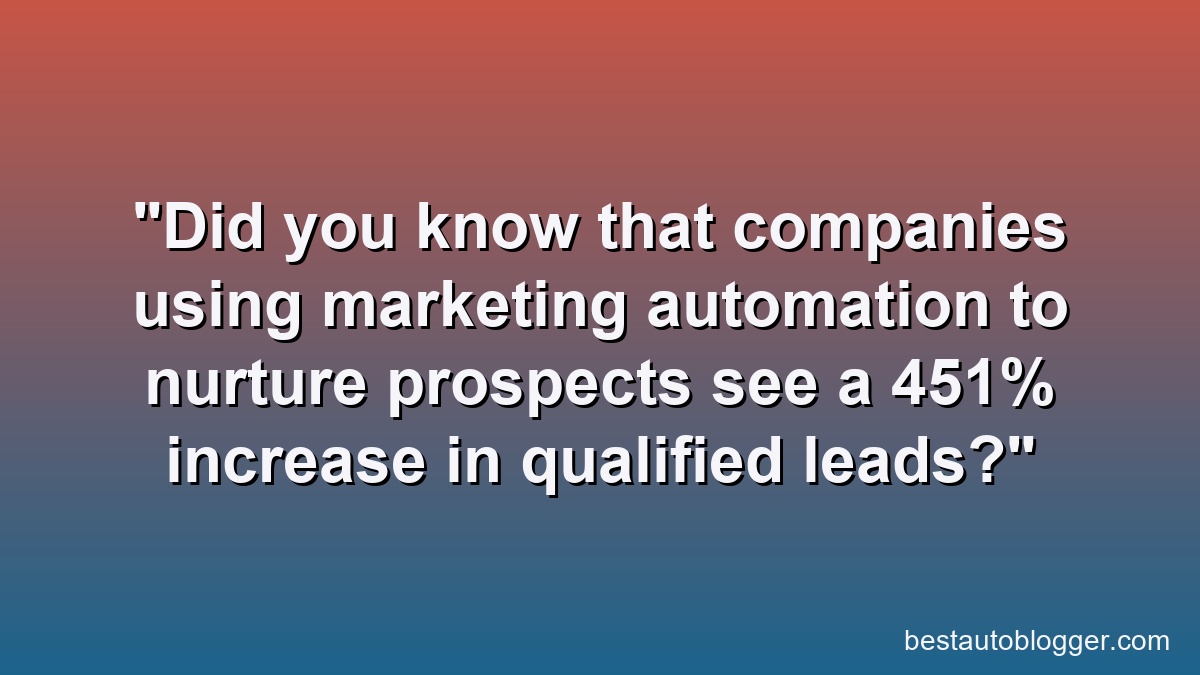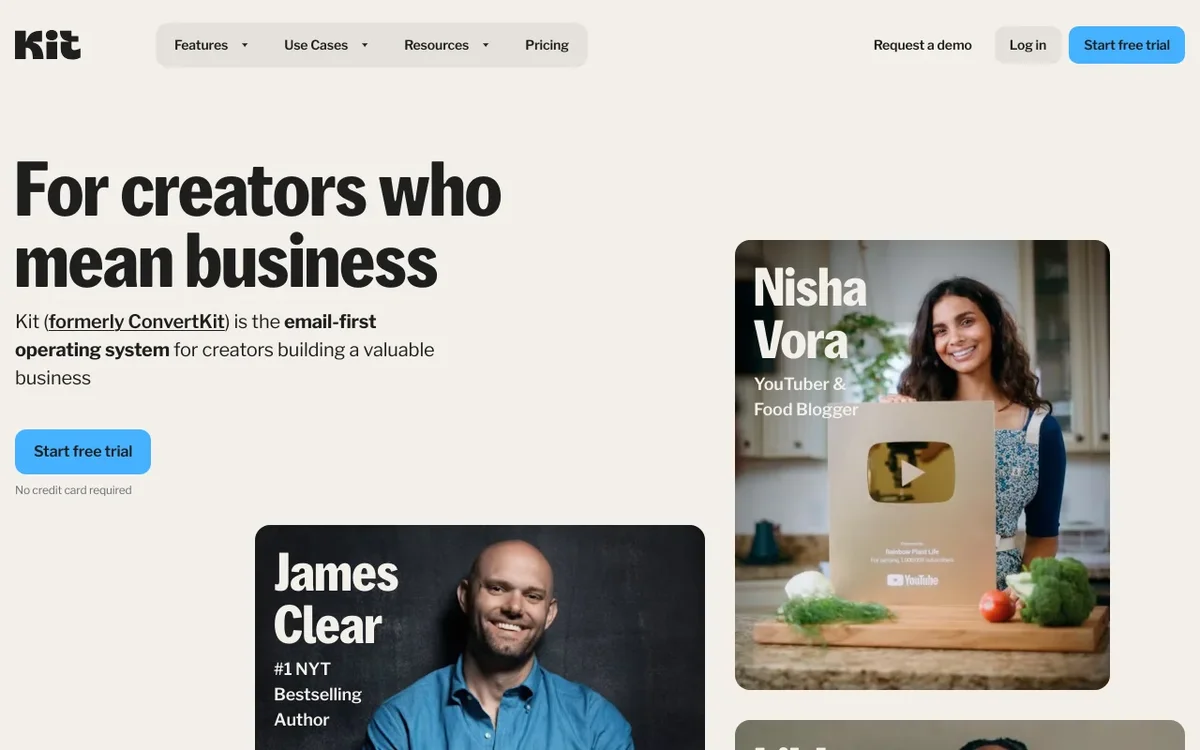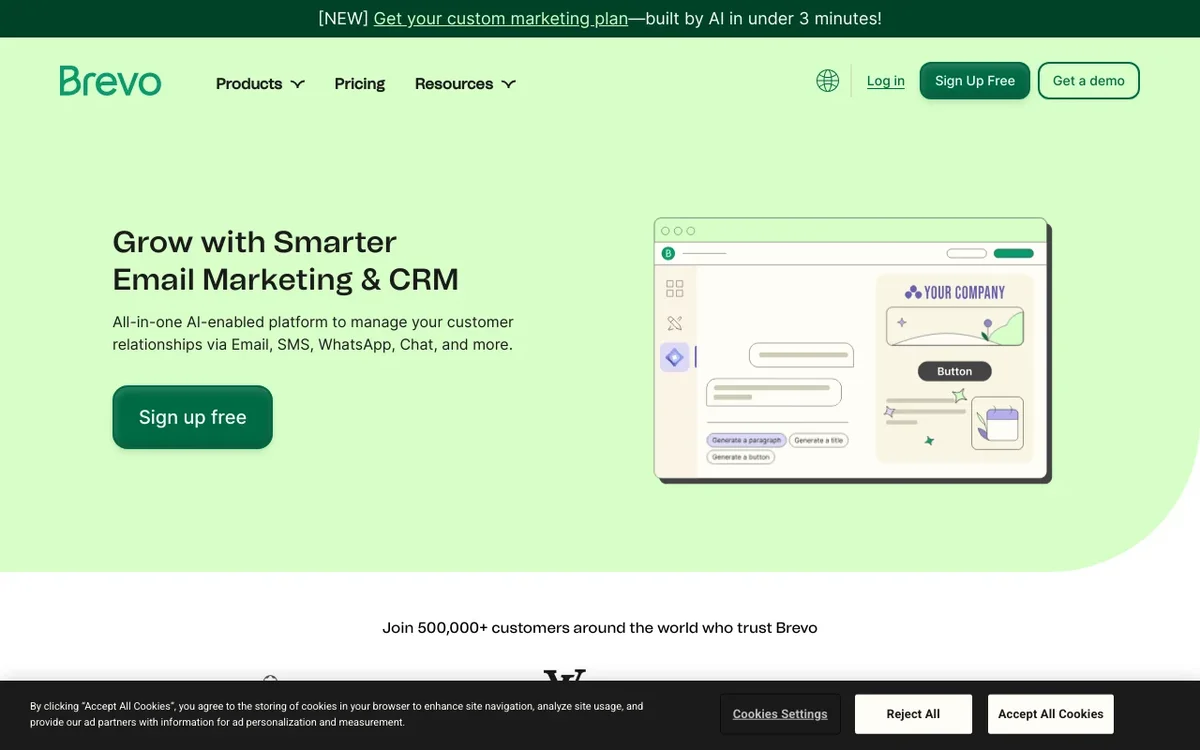Drip Marketing Automation: Nurture Leads with Campaigns for Unprecedented Growth
In the dynamic world of digital marketing, capturing leads is only half the battle. The true art lies in nurturing them, guiding them through their journey from prospect to loyal customer. This is precisely where drip marketing automation shines. Imagine a meticulously planned series of communications, delivered automatically based on user actions or predefined schedules, designed to educate, engage, and ultimately convert. That’s the power of drip campaigns – a cornerstone of effective email marketing.
💡 Key Takeaways
- Drip campaigns automate personalized communication, saving time and resources.
- Effective lead nurturing builds trust and moves prospects through the sales funnel.
- Segmentation and relevant content are crucial for successful drip marketing.
- Measuring performance and optimizing campaigns ensures continuous improvement.
“Drip marketing isn’t just about sending emails; it’s about orchestrating a personalized journey that guides leads, anticipates their needs, and strategically converts them into advocates. It’s the engine of scalable growth.”
— Emily Baker, Email Marketing Growth Hacker
This comprehensive guide will demystify drip marketing automation, providing you with the insights and actionable strategies to build compelling campaigns that not only nurture leads but also foster lasting customer relationships. For a broader understanding of how these fit into the larger landscape, explore our Email Marketing: The Ultimate Guide to Building Your List.
In This Article
- → Drip Marketing Automation: Nurture Leads with Campaigns for Unprecedented Growth
- — 💡 Key Takeaways
- → What is Drip Marketing Automation? Understanding the Core Concept
- — ➡️ Drip vs. Nurture Campaigns: A Clarification
- → Why Drip Campaigns Are Indispensable for Lead Nurturing & Customer Journeys
- → ⚙️ Key Components & Mechanics of Effective Drip Campaigns
- — 🎯 1. Trigger Events
- — ✍️ 2. Compelling Email Content
- — ⏳ 3. Strategic Timing and Frequency
- — 📈 4. Clear Goals & Analytics
- → Types of Drip Marketing Campaigns and Their Strategic Applications
- → Setting Up Your Drip Automation: A Step-by-Step Guide
- — 1. Define Your Goal and Audience
- — 2. Map Out the Customer Journey
- — 3. Choose Your Trigger and Exit Conditions
- — 4. Craft Your Email Content
- — 5. Set Up the Automation Flow in Your ESP
- — 6. Test Thoroughly
- — 7. Launch and Monitor
- → Choosing the Right Platform for Your Drip Marketing Automation Needs
- — 💡 ConvertKit: For Creators and Small Businesses
- — 💡 Sendinblue (Now Brevo): All-in-One Marketing for SMBs
- → Measuring Success & Optimizing Your Drip Sequences
- — Key Metrics to Track:
- — Strategies for Optimization:
- → Conclusion
What is Drip Marketing Automation? Understanding the Core Concept
At its core, drip marketing refers to a set of pre-written emails sent to a segment of subscribers over a specified period. These emails are triggered by a user’s action or status, such as signing up for a newsletter, making a purchase, or abandoning a cart. The “automation” aspect means these sequences are set up once and then run automatically, requiring minimal ongoing manual effort.
Unlike a one-off newsletter or a blast email, drip campaigns are inherently sequential and contextual. Each email builds on the last, guiding the recipient through a logical narrative or a specific customer journey. This personalized approach significantly enhances engagement and conversion rates compared to generic mass emails.
➡️ Drip vs. Nurture Campaigns: A Clarification
While often used interchangeably, there’s a subtle distinction between drip and nurture campaigns:
- ✅ Drip Campaigns: Typically rule-based and time-bound. E.g., “Send email 1 on day 0, email 2 on day 3, email 3 on day 7 after signup.” They are very specific and linear.
- 💡 Nurture Campaigns: Broader and more dynamic. They adapt based on user behavior and can branch into different paths. Drip campaigns are a type of nurture campaign, often forming the backbone of a larger lead nurturing strategy. For a deeper dive into this distinction, check out this resource on when to use a drip campaign vs nurture campaign.
Why Drip Campaigns Are Indispensable for Lead Nurturing & Customer Journeys
Integrating drip campaigns into your marketing strategy offers a multitude of benefits, transforming raw leads into loyal customers and amplifying your overall marketing ROI.
How ‘FitLife Supplements’ Boosted Customer Lifetime Value with Drip Campaigns
❓The Challenge
FitLife Supplements was capturing new customer sign-ups but struggled with repeat purchases and building lasting customer loyalty, leading to a low customer lifetime value.
💡The Solution
Leveraging drip marketing automation, FitLife implemented a post-purchase email series, automatically sending product usage tips, complementary product recommendations, and loyalty program benefits over 30 days after a customer’s first order. This personalized journey was triggered by the purchase action.
🏆The Result
Within six months, the targeted drip campaigns led to a 22% increase in repeat purchases and a 15% uplift in average customer lifetime value.
- ✅ Increased Engagement: Timely and relevant communication keeps recipients engaged, making them more likely to open, click, and interact with your content.
- ✅ Higher Conversion Rates: By delivering targeted information at critical points in the buyer’s journey, drip campaigns effectively address concerns, build trust, and nudge prospects towards conversion.
- ✅ Time and Resource Efficiency: Once set up, automated drip sequences work around the clock, freeing up your team to focus on other strategic initiatives. This is a core benefit of any Mastering Mailing Automation: Strategies for Success.
- ✅ Enhanced Personalization: Drip campaigns can be highly segmented, allowing you to tailor messages to specific audience groups, their interests, and their behaviors, leading to a more personal experience.
- ✅ Improved Customer Retention: Drip sequences aren’t just for new leads; they’re powerful for onboarding, re-engaging inactive customers, and cross-selling/up-selling, thus boosting customer lifetime value.
- ✅ Consistent Brand Messaging: Ensure your brand voice and key messages are consistently communicated throughout the customer lifecycle.
⚙️ Key Components & Mechanics of Effective Drip Campaigns
Building a successful drip campaign requires careful planning and execution of several core elements:
🎯 1. Trigger Events
Every drip campaign starts with a trigger – an action or event that initiates the sequence. Common triggers include:
- ✅ New subscriber signup (e.g., via a website form).
- ✅ Product purchase or trial signup.
- ✅ Cart abandonment (initiating a recovery sequence).
- ✅ Content download (e.g., an ebook or whitepaper).
- ✅ Specific website page visits.
- ✅ Inactivity for a certain period.
✍️ 2. Compelling Email Content
Each email in your drip sequence must have a clear purpose and value proposition. Content should be:
- ✅ Relevant: Aligned with the trigger event and the recipient’s stage in the journey.
- ✅ Concise: Respect the recipient’s time; get to the point quickly.
- ✅ Action-Oriented: Include a clear call-to-action (CTA) for the next step.
- ✅ Branded: Maintain a consistent look, feel, and tone of voice.
- ✅ Personalized: Utilize dynamic fields (name, company, etc.) to make it feel individual.
⏳ 3. Strategic Timing and Frequency
The intervals between emails are crucial. Too frequent, and you risk annoyance; too sparse, and you lose momentum. Consider:
- ✅ The complexity of your product or service.
- ✅ The typical sales cycle for your industry.
- ✅ User expectations based on the initial trigger.
- ✅ A/B testing different time delays to find the sweet spot.
📈 4. Clear Goals & Analytics
Before launching, define what success looks like for each campaign (e.g., open rates, click-through rates, conversion rates, unsubscribe rates). Monitor these metrics regularly to optimize your sequences.
Types of Drip Marketing Campaigns and Their Strategic Applications
Drip campaigns can be tailored for various stages of the customer lifecycle and specific business goals. Here are some of the most common and effective types:
- Welcome Series:
- ✅ Trigger: New subscriber signup.
- ✅ Purpose: Introduce your brand, set expectations, deliver initial value, and encourage engagement with your core offerings.
- ✅ Content: Thank you, brand story, popular content links, call to connect on social media, initial offer.
- Onboarding Series:
- ✅ Trigger: New customer or free trial signup.
- ✅ Purpose: Guide users through product setup, highlight key features, provide tutorials, and ensure they achieve initial success (the “Aha! moment”).
- ✅ Content: Getting started guides, feature spotlights, video tutorials, FAQ links, invitations to webinars or support.
- Abandoned Cart Recovery:
- ✅ Trigger: User adds items to cart but leaves without purchasing.
- ✅ Purpose: Remind the user about their items, address potential objections, and encourage completion of the purchase.
- ✅ Content: Reminder of items, urgency/scarcity, testimonials, free shipping offers, discount codes.
- Lead Nurturing Campaigns:
- ✅ Trigger: Lead enters your system (e.g., downloads a whitepaper, attends a webinar).
- ✅ Purpose: Educate prospects about your solutions, establish authority, build trust, and move them down the sales funnel.
- ✅ Content: Case studies, relevant blog posts, whitepapers, webinar invitations, product demos, testimonials. This is often the primary use case for email automation, as explained in Email Marketing Explained: EDM, Blasting, and Drip Campaigns.
- Re-engagement Campaigns:
- ✅ Trigger: User inactivity for a defined period (e.g., 90 days without opens/clicks).
- ✅ Purpose: Win back dormant subscribers or customers, prevent churn, and clean your email list.
- ✅ Content: “We miss you” messages, exclusive offers, updates on new features, request for feedback, option to update preferences or unsubscribe.
- Post-Purchase/Customer Loyalty Campaigns:
- ✅ Trigger: Customer makes a purchase.
- ✅ Purpose: Thank customers, provide product care tips, ask for reviews, suggest complementary products, and foster loyalty.
- ✅ Content: Thank you notes, order confirmation, product usage tips, survey requests, upsell/cross-sell suggestions, loyalty program invites.
Setting Up Your Drip Automation: A Step-by-Step Guide
Implementing effective drip marketing automation involves a systematic approach:
1. Define Your Goal and Audience
What do you want to achieve (e.g., increase trial conversions, reduce churn)? Who are you targeting (e.g., new sign-ups, inactive users)? Understanding this will shape your campaign.
2. Map Out the Customer Journey
Visualize the path your recipient will take. What are their potential questions or concerns at each stage? What information do they need to move forward? This helps you design the sequence logic.
3. Choose Your Trigger and Exit Conditions
Select the specific action that starts the drip. Equally important, define the exit conditions (e.g., they make a purchase, click a specific link, or reply) so they don’t receive irrelevant emails.
4. Craft Your Email Content
Write each email individually, ensuring it’s concise, valuable, and has a clear call-to-action. Remember to personalize where possible and maintain brand consistency.
5. Set Up the Automation Flow in Your ESP
Use your Email Service Provider’s (ESP) automation builder to connect triggers, emails, and delays. This is where you configure the specific intervals between messages and any conditional logic.
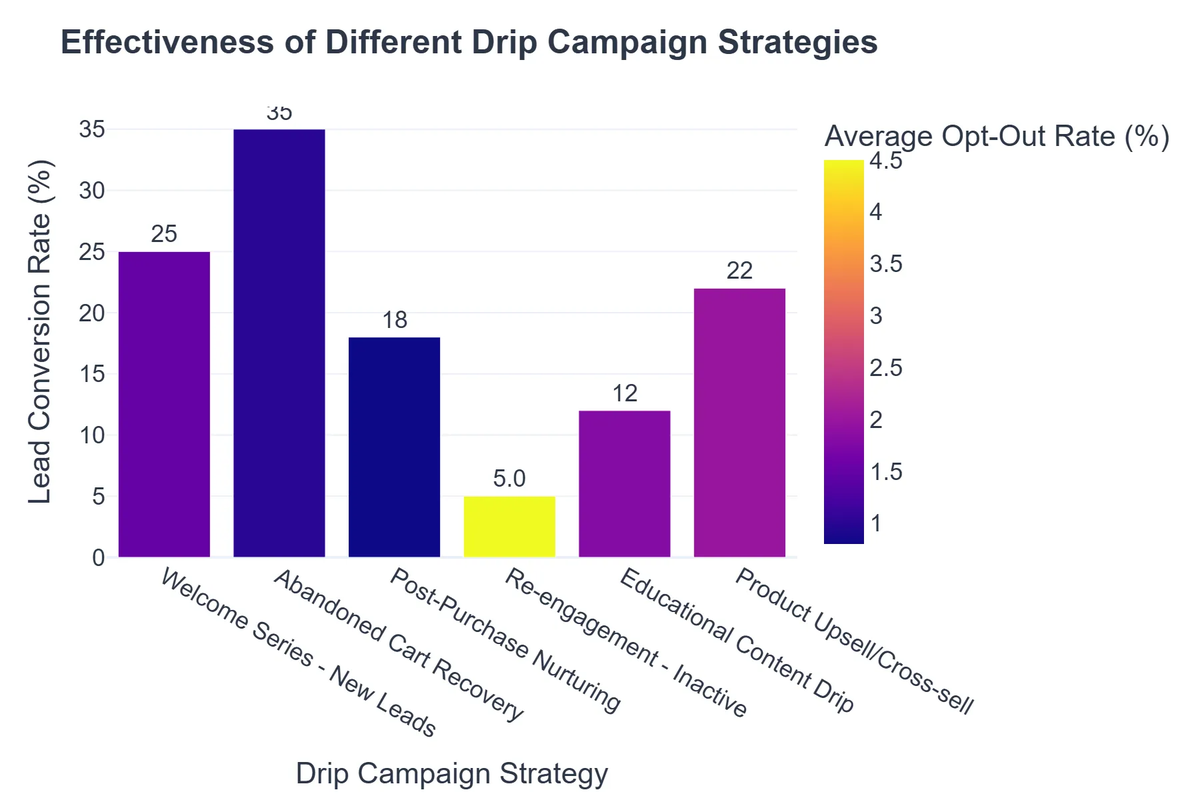
6. Test Thoroughly
Before going live, send test emails to yourself and colleagues to check for typos, broken links, correct personalization, and flawless flow.
7. Launch and Monitor
Once confident, launch your campaign. Keep a close eye on key metrics like open rates, click-through rates, and conversion rates to identify areas for improvement.
Choosing the Right Platform for Your Drip Marketing Automation Needs
The success of your drip marketing initiatives heavily depends on the capabilities of your chosen email marketing platform. A good platform provides robust automation features, segmentation options, and insightful analytics. Here are a couple of prominent examples:
💡 ConvertKit: For Creators and Small Businesses
ConvertKit is a popular choice among content creators, bloggers, and small businesses for its intuitive interface and powerful automation features, often referred to as “visual automation.” It excels at:
#1 ConvertKit
Best for: Best for creators, bloggers, and online educators seeking a powerful yet intuitive email marketing platform with robust automation and audience segmentation tools.
- ✔Generous free plan for up to 1,000 subscribers, making it accessible for new creators.
- ✔Intuitive and creator-centric user interface designed for streamlined email marketing and automation.
- ✔Powerful integrations with popular e-commerce platforms and creative tools, enhancing its utility for digital product sales.
#2 Sendinblue
Best for: Best for businesses seeking an affordable, all-in-one digital marketing and CRM platform.
- ✔Generous free plan and competitive pricing, making it accessible for startups and SMBs.
- ✔Comprehensive all-in-one platform offering email, SMS, chat, CRM, and marketing automation.
- ✔Intuitive user interface that simplifies campaign creation and management.
- ✅ Tagging and segmenting audiences based on their interactions.
- ✅ Building complex email sequences with visual drag-and-drop builders.
- ✅ Creating landing pages and forms to capture subscribers, seamlessly feeding into drip campaigns.
- ✅ Integrating with e-commerce platforms for automated sales funnels.
💡 Sendinblue (Now Brevo): All-in-One Marketing for SMBs
Sendinblue (rebranded as Brevo) offers a comprehensive suite of digital marketing tools beyond just email, including SMS, chat, CRM, and landing pages. Its automation features are highly capable for drip campaigns, offering:
- ✅ Advanced workflow automation with multiple entry and exit points.
- ✅ Sophisticated segmentation based on website behavior, email engagement, and CRM data.
- ✅ Transactional email capabilities, making it ideal for e-commerce abandoned cart sequences.
- ✅ A strong emphasis on deliverability and compliance.
When selecting a platform, consider your budget, the complexity of your desired campaigns, the size of your email list, and integration needs with other tools in your tech stack. For more examples of marketing automation in action, check out 8 essential marketing automation examples.
Measuring Success & Optimizing Your Drip Sequences
Launching a drip campaign isn’t a “set it and forget it” task. Continuous monitoring and optimization are key to maximizing its effectiveness.
Key Metrics to Track:
- ✅ Open Rate: Indicates how compelling your subject lines are.
- ✅ Click-Through Rate (CTR): Shows how engaging your email content and CTAs are.
- ✅ Conversion Rate: The ultimate measure of success – how many recipients completed the desired action (e.g., purchased, signed up, downloaded).
- ✅ Unsubscribe Rate: A high rate suggests your content might be irrelevant or too frequent.
- ✅ Spam Complaint Rate: A critical metric; aim for as close to zero as possible.
- ✅ Time to Conversion: How long does it take for a lead to convert after entering the drip?
Strategies for Optimization:
- ➡️ A/B Test Everything: Subject lines, send times, email copy, CTAs, number of emails in a sequence, and even the order of emails.
- ➡️ Segment Aggressively: The more targeted your messages, the better they will perform. Use data points like demographics, interests, and past behavior.
- ➡️ Personalize Beyond the Name: Leverage dynamic content based on products viewed, purchase history, or industry.
- ➡️ Analyze Drop-Off Points: Identify where users disengage in your sequence and work to improve those specific emails or the preceding content.
- ➡️ Integrate with CRM: Connect your email automation with your CRM to get a holistic view of lead interactions and sales progress.
- ➡️ Clean Your List: Regularly remove inactive subscribers to maintain good sender reputation and improve deliverability.
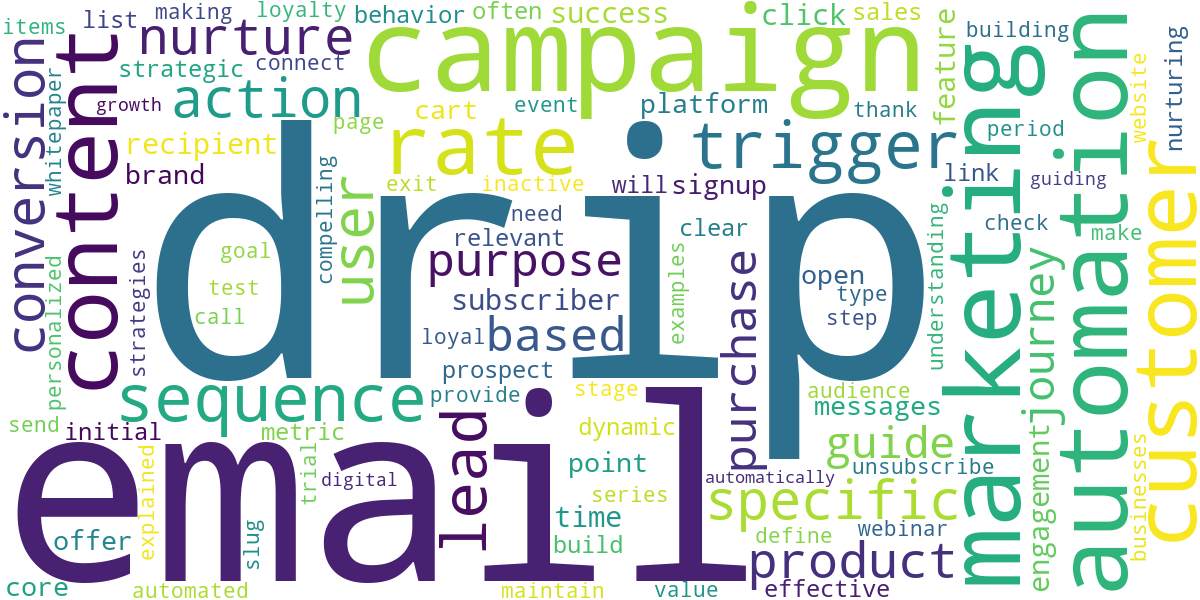
Recommended Video
Drip marketing automation is more than just a convenience; it’s a strategic imperative for businesses looking to nurture leads, deepen customer relationships, and scale their growth. By consistently delivering timely, relevant, and personalized content, you can transform indifferent prospects into loyal advocates, all while streamlining your marketing efforts. Embrace the power of automated campaigns, and watch your engagement and conversions soar.
What is drip marketing automation?
Drip marketing automation involves sending a pre-written series of automated emails to specific segments of your audience over a set period, triggered by actions or timelines, to nurture leads or onboard customers.
How do drip campaigns nurture leads effectively?
Drip campaigns nurture leads by providing timely, relevant information at each stage of their journey, building trust, educating them about your solutions, and gently guiding them towards conversion without being overly pushy.
What are common types of drip campaigns?
Common types include welcome series, abandoned cart reminders, lead nurturing sequences, onboarding series, re-engagement campaigns, and post-purchase follow-ups.
What tools are needed for drip marketing automation?
You typically need an email marketing platform or a CRM (Customer Relationship Management) system with automation capabilities, such as HubSpot, Mailchimp, ActiveCampaign, or ConvertKit.
ConvertKit
Ready to take the next step? See how ConvertKit can help you achieve your goals.




